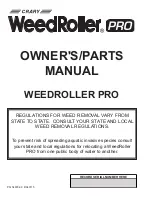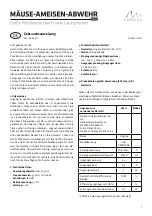
20
Telescopic Cranes Pressure Sensing
Instruction Manual
i3500 Operation
3. Proper functioning of the equipment is dependent upon proper daily
inspections and compliance to the operating instructions described in
this manual.
4. During normal operation, the rated capacity of a crane should not be
exceeded. Therefore the overload indication should not be used as a
normal operating feature.
5. The crane should be operated at all times in such a way that the
crane’s motion occurs smoothly and at a safe speed.
6. In order to have the proper rated capacity and radius, the system
must be configured properly. Failure to properly configure the system
can result in machine breakage or tipping which could lead to serious
injury or death.
7. The operator must verify the crane configurations and number of parts
of line for each available hoist every time he/she enters the crane and
every time the crane is rigged.
Note
: each hoist has its own configuration set-up kept in memory and
simply by changing the hoist from main to auxiliary the configuration
and number of parts of line will change to suit.
4.2 Residual Risks
In spite of the application of all relevant safety regulations and the imple-
mentation of safety devices, certain residual risks cannot be avoided:
•
Risks caused by no indication of malfunction of the output relays avoiding
cut off motion to operate in overload conditions, causing machine breakage
or tipping that could result in injury or death.
Improper configuration of the i3500 system may also cause a
‘‘Zero Capacity’’ if no chart is found to match the configuration set
by the operator.
















































